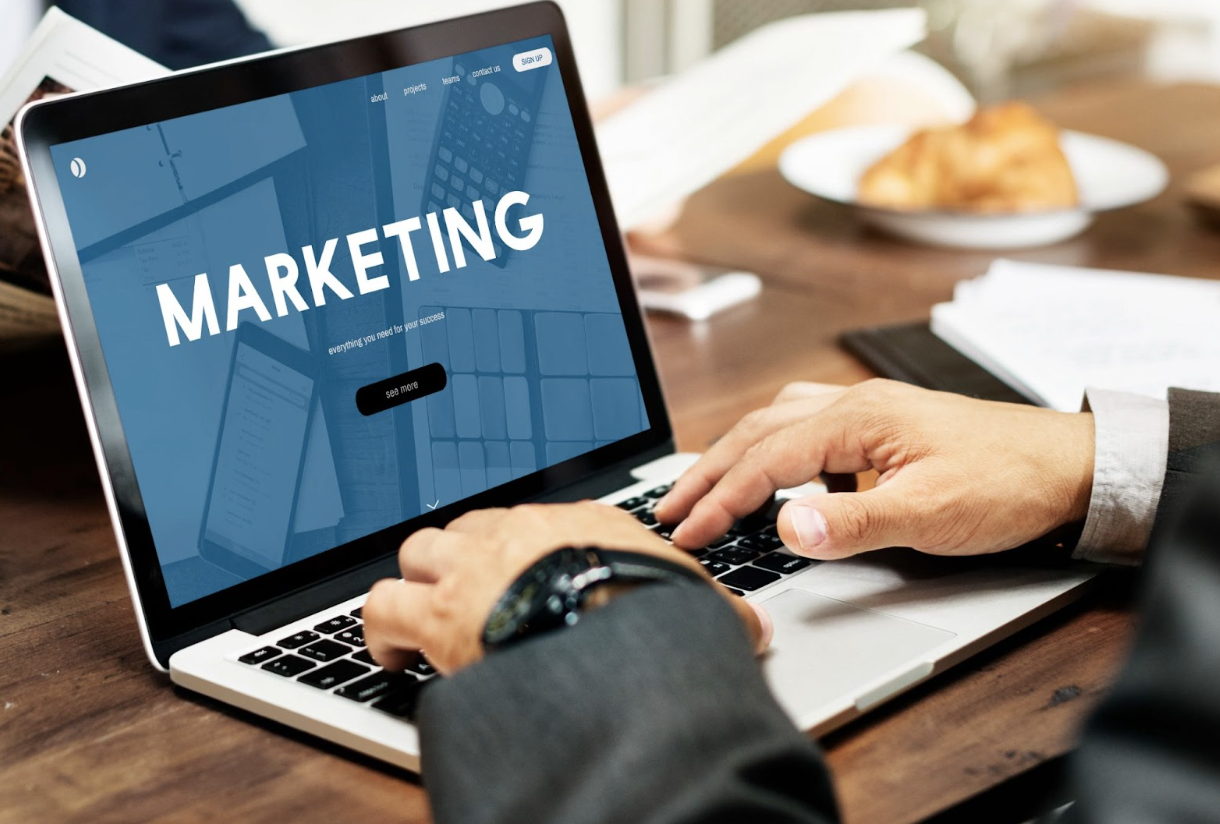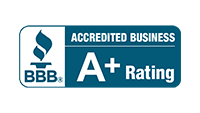
What is Inbound Marketing?
Are you ready to connect with today’s tech-savvy consumers? Customers are now in control of the buying process. They conduct their research and make informed decisions before ever setting foot in a store or speaking to a salesperson. Businesses must be available and engage with customers on every digital platform and device they may use. That’s where inbound marketing comes in. Companies use this digital marketing strategy to attract customers organically at each buying cycle stage (awareness, consideration, decision).
Engagement Marketing
Inbound marketing is a revolution in advertising, changing how businesses connect with their audience. It’s about tailoring each customer experience to create meaningful relationships, regardless of where or when the interaction occurs. With a focus on data-driven strategies, businesses can reach their audience on every digital platform and device, personalizing each interaction to maximize brand impact. Another way to think about inbound marketing is as engagement marketing.
The secret to success in engagement marketing is understanding your customers as individuals, from their job to their hobbies, and connecting with them across channels and devices. Understanding your customers includes tracking individual behavioral metrics to create personalized brand experiences, resulting in improved brand loyalty and advocacy.
At the heart of engagement marketing is an omnichannel approach to digital marketing, making it easier for customers to view campaigns and respond to calls to action on their devices. Businesses have various digital marketing channels, from PPC ads to search engine optimization (SEO) to conversion rate optimization to mobile ads. They have tactics to create effective campaigns that get found, engage, and convert customers.
Inbound Marketing Strategies
It’s time to take your marketing to the next level and create meaningful customer relationships that drive business results. Continue reading to see what strategies to consider implementing today.
PPC Advertising
Pay-per-click (PPC) advertising is a powerful tool that puts your brand front and center in front of potential customers. Whether they’re searching the web or browsing their favorite websites, your ad will be there, ready and waiting. And the best part? You only pay when someone clicks on your ad. PPC advertising is considered inbound marketing because customers have to search for specific keywords to see your ad. PPC ads help your customer when they want to be helped.
Maximize Your PPC Potential
Want to make the most of your PPC campaign? Start by focusing on the right keywords and phrases. These keywords should reflect your company’s priorities, products, brand messaging, and competitive edge. Use Google’s Keyword Planner or similar tools to find the most popular search queries related to your keywords. And remember to optimize your landing pages with the keywords used in your ad copy. Shorter terms and phrases are great for mobile users, so prioritize them!
Maximize Your PPC Success with Constant Testing
Testing should be a continuous process to ensure your PPC campaigns are a success. Utilize A/B testing to compare two versions of your ads and determine which one performs better. Experiment with various elements such as:
- The tone of voice
- Keywords
- Offers
- Calls-to-action
- Headlines
- Links
- Mobile versions of your content
Continuously testing allows you to gather valuable insights and decide whether to continue or change your current strategy to maximize conversions. Stay ahead of the competition and fine-tune your PPC strategy with a data-driven approach! To learn more about PPC, click here.
Power of Retargeting
By keeping track of prospects’ interests, purchases, buying intent, and overall engagement, you can retarget website visitors based on their location, industry, company size, targeted list, or behaviors. This results in highly effective ads. Retargeting produces a higher ROI from advertising spend and a consistent cross-channel experience that nurtures customers.
Integrating more data into retargeting efforts for anonymous and known site visitors is made easy with SEO tools. Reach anonymous visitors with messages based on IP address location, industry, product interest, buying intent, and more. And for known visitors, target ads based on previous levels of engagement and specific needs based on company profiles. Track and target with ease for a winning digital marketing strategy.
SEO
SEO constantly evolves, requiring marketers to stay ahead with new devices and consumer research habits. Boost your website’s ranking and organic traffic with a deep understanding of your industry and keywords. If you want more info on SEO, click here.
Google holds 67% of the market share, making it the go-to search engine for businesses looking to rank high in online searches. Use Google Analytics to determine which keywords are most popular with your target audience. You can use Google Webmaster to track the success of your search terms over the past six months.
Title Tags and Meta-Descriptions Drive Site Traffic
Every page on your website should have clear and relevant title tags and meta descriptions, which provide a brief overview of what users can expect to find on the page. Be strategic with your keywords and avoid overwhelming search engines with too many. Title tags and meta-descriptions improve your SEO rankings and increase click-ability.
Mobile Apps and Ads
Did you know that nearly 60% of mobile users find mobile ads helpful? And the results speak for themselves – Google reports that, on average, 88% of mobile search ads led to decreased site visits when companies took the ads down. This percentage may vary depending on the industry, but Google found a total click rate of over 80% across all verticals studied. Use this valuable opportunity to increase your reach and return on investment with mobile ads!
Personalize Your Customer Experience
Marketing automation software, previous purchase records, and predictive analytics are the tools marketers use to create a fantastic customer experience. Personalizing how you reach customers is crucial in today’s multi-channel world. You can provide each customer with unique and relevant content with the right tools. This means you can cater to their needs, wants, personalities, and actions.
For example, imagine a healthcare provider visits your website. You know who the provider is by looking up their IP address. With the help of a personalization tool, you can serve them with specialized content, like a video addressing their needs and customer logos that show they are in good company.
Next, they navigate to Facebook, and using an Ad Bridge, you can continue to serve personalized healthcare ads based on what you know about their industry. Every website they visit after that, they’ll see the same relevant ads, keeping you at the forefront of their mind. It’s only a matter of time before they return to your site for more content.
Start Creating Your Inbound Marketing Strategy Today
Maximize your customer reach and engagement with the power of multi-channel inbound marketing. This digital marketing approach offers invaluable insights into your target audience’s behavior and presents endless opportunities for interaction. As customers are the backbone of your business, every aspect of their journey should be closely monitored and supported by your company. To determine the success of your campaigns, track metrics over time across digital platforms and continuously improve your strategies. Outshine the competition by staying ahead of the curve and always being one step closer to your customers.





